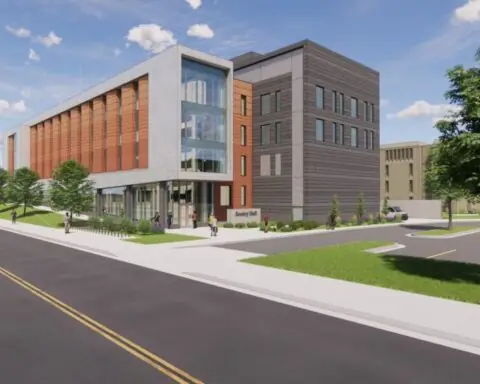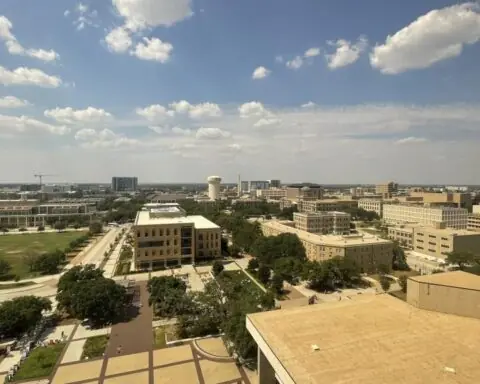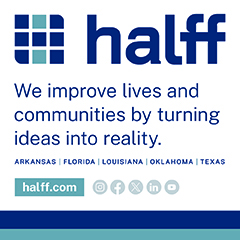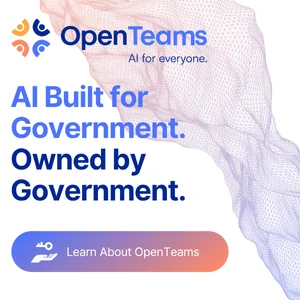The Texas A&M University System in Texas is taking the next steps to develop next generation technologies that assist disaster recovery and response following recent tragedies in the state.
Spurred by climate change, natural disasters have sharply escalated in recent years, leaving widespread chaos, property damage and loss of life in their wake as lawmakers respond to crisis. The university system is seeking to improve the state’s disaster response efforts by developing innovative technologies designed to give first responders the upper hand in extreme situations.
Wildfires have been a notorious threat due to the inherent challenges in containing them. The Texas A&M University System was allocated $59.8 million from the State Legislature to develop pilotless helicopters to give first responders the upper hand in fighting wildfires.
The initiative is part of a federal-state collaborative effort with the Defense Advanced Research Projects Agency (DARPA) to develop the Aircrew Labor In-cockpit Automation System (ALIAS). These autonomous vehicles provide greater utility during high-risk missions while mitigating risks to pilots and aircraft.
The university system will use the funds to buy four UH-60 Blackhawk helicopters and configure them for autonomous operation. All remaining money will be used to develop facilities, tools and equipment needed to enhance firefighting capabilities over the next two years. Critical advancements in autonomous helicopter development will accelerate disaster response efforts – minimizing operational costs and aircraft wear while optimizing flight availability.
Further development of ALIAS-equipped aircraft centers around creating vehicles that are either fully automated or semi-automated – requiring a single pilot assisted by artificial intelligence (AI). AI technologies have provided significant benefits for enhancing disaster response across virtually all scenarios, as well as serving as an effective tool for assessing damage following disasters.
Texas A&M University has recently developed an AI-powered tool – known as Computer vision and Learning for Analysis of Roads and Key Edifices (CLARKE) – using drones to evaluate damage to infrastructure in minutes. Footage captured by drones can be analyzed to produce damage assessment overlays on maps and create spreadsheets outlining home addresses and scale of damage.
Drone technologies offer a level of mobility and speed that is hard to match in many scenarios. Especially rural or hard-to-reach areas are especially vulnerable during disasters, posing unique challenges to properly gauge the level of damage inflicted that end up increasing delays and impeding logistics. CLARKE-empowered assessments provide emergency responders with the information needed to quickly and effectively provide support during multiple types of disasters, including hurricanes, floods and wildfires.
The Texas A&M University System’s investments in disaster response technologies further the system as a leading proponent for innovating impactful solutions to adapt to climate change and save lives. As the state contends with increasingly frequent natural disasters, innovative technology designed to enhance the capabilities of emergency responders will be essential to mitigating damage and fostering safety.
Photo by Somchai Kongkamsri from Pexels













